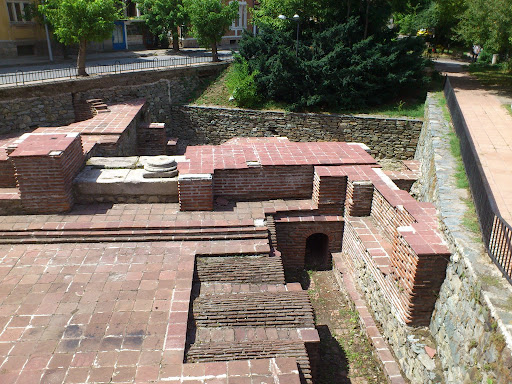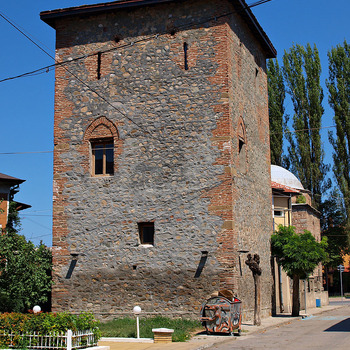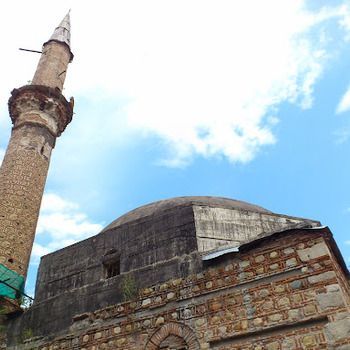Roman baths Kyustendil
Overview
The Roman baths in Kyustendil are Roman public baths and date from the I-II century. They are located in the central part of the city, next to the Ahmed Bey Mosque. The baths were built in the 2nd - 3rd century and are part of a large complex - asclepion. Their area is about 1000 m2, parts of 6 rooms have been discovered. The estimated area of the building is about 3000 m2. The large rectangular rooms are interconnected by entrances formed by granite thresholds with traces of double doors. The construction technique is mixed masonry "opus mixtum" of alternating stone and brick belts of four rows of bricks with mortar mixed with crushed brick. All rooms are equipped with central heating - hypocaust, used in two varieties. The first type is made of vertical brick columns or pipes in parallel rows, covered on top with large bricks. The second type is an arched system of corridors. There are arched openings between the separate rooms for the passage of warm air. The main channel for the warm air from the prefurnium passes through one of the rooms in the southeast-northwest direction. The floor and walls of the halls were lined with marble slabs, profiled cornices and pilasters. Semicircular niches and pools have been found in some rooms. The finds of pottery, hairpins, fragments of votive tablets, as well as the collective find of 61 silver coins from the emperors Anthony Pius (138 - 161) and Gordian II (238) date the building from the 2nd - 3rd century. Heating installations, semicircular niches and swimming pools define its purpose as a public bathroom. The ancient bath is an architectural monument of culture of national importance.
Recommended
- Dervish bathroom
- Exhibition hall in Ahmed Bey Mosque
- Ilio Voivoda Museum
- Emfiedzhieva house


 Bulgarian
Bulgarian Romanian
Romanian



